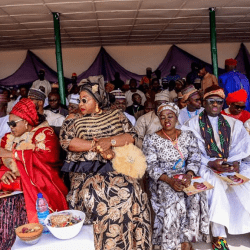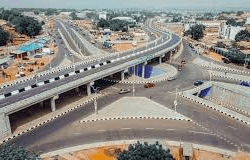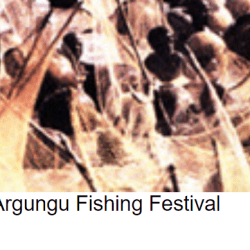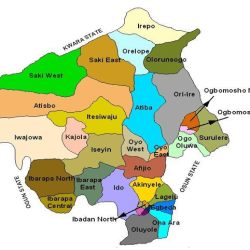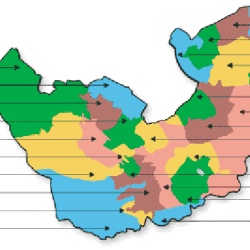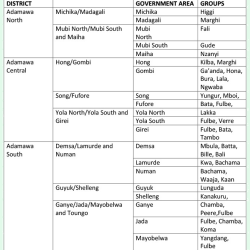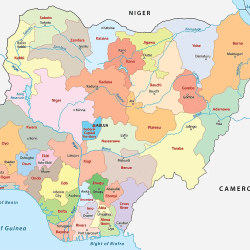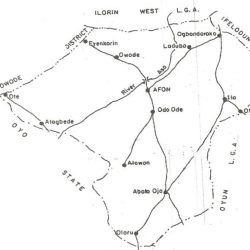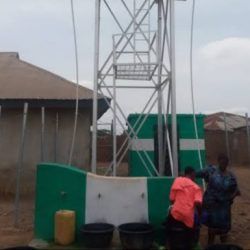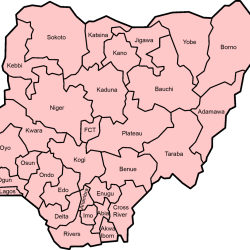Guyuk Local Government Area is located at the north western part of Adamawa state and is bounded in the west by Gombe state, in the east by Shellong Local Government Area, in the north by Borno state and in the south by Lamurde and Numan Local Government Areas.
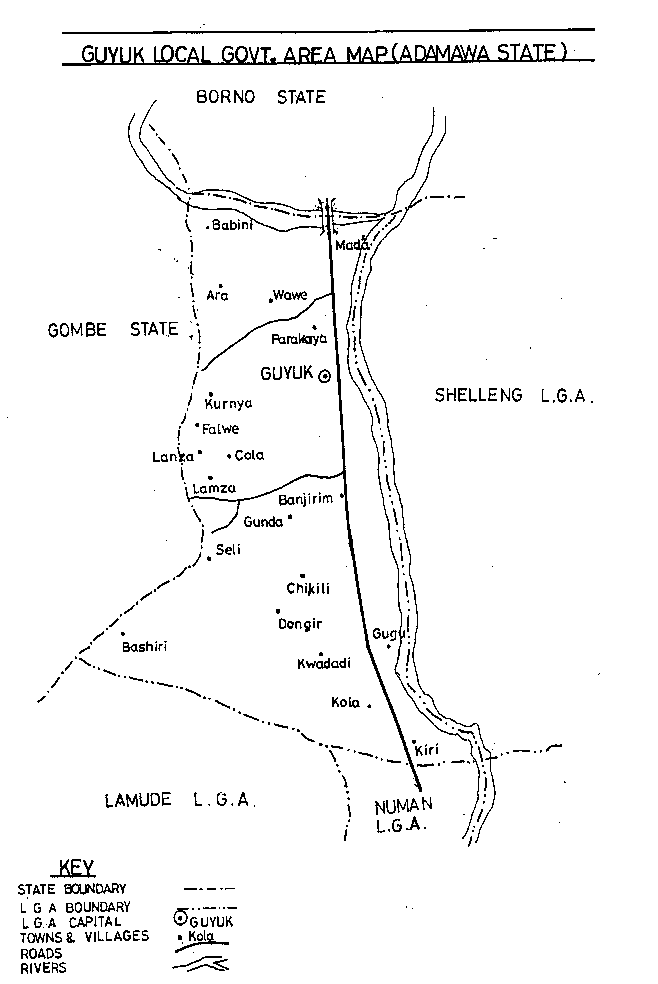
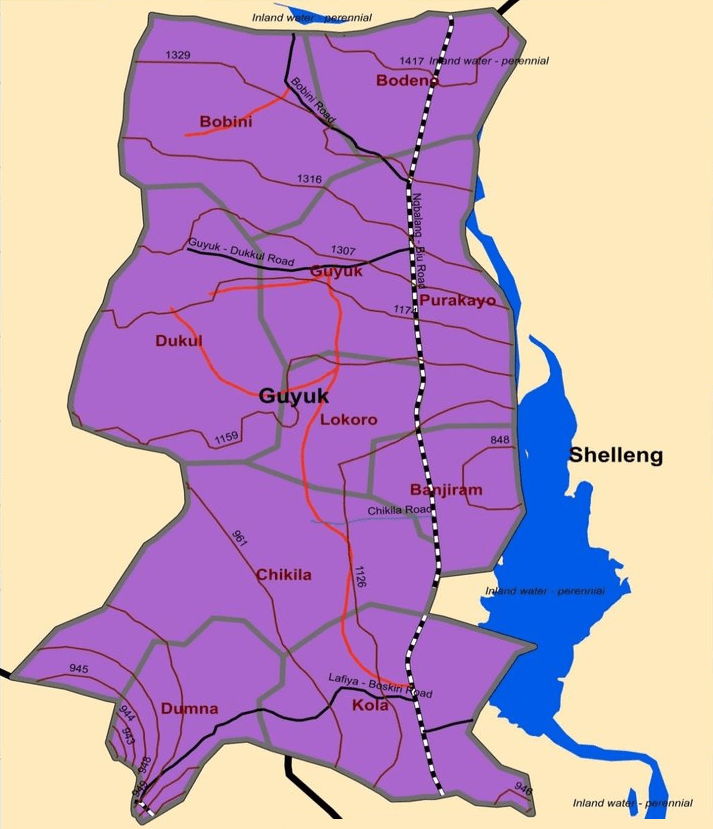
Guyuk LGA has 10 wards
The 10 Districts of Guyuk LGA are:
Bobini
Banjiram
Chikila
Dukul
Guyuk
Dunma
Bodeno
Lokoro
Purokayo
Kola
Villages of Guyuk LGA
Arah
Bodeno
Dakiti
Doma
Dumburi Fulani
Gadajuga
Gargijik
Gimakurje
Gorotoro
Jabi
Kambila
Katte
Kukumli
Labaram
Lakati
Libbo Dutse
Mada
Mittim
Shumshi
Vanera
Wadafa
Wawi
Wurotuge
Wuroyanka
Zaunan-Bako
Councillors are elected to represent each of these wards at the Legislative Arms of the LGA.
Village heads, who are usually the oldest person in the community, are appointed and are in the employment of the LGA

An important geographical feature of the Local Government Area is River Gongola which separates the Local Govemment Area from Numan and Lamurde Local Government Areas.

Other featuresare the hills and plateaux found all over the Local Government Area.
The settlement pattern is along the flood plain of River Gongola and on the top of Lunguda plateau.

The Local Government Area has a tropical climate of Sahel type with main seasons notably long dry and short rainy seasons.

The weather is usually hot during the months of March to June in the lower plateau.
Vegetation are few and scattered over the area.
The valley and hilly terrain of the LGA exhibits considerable variation in culture, topography and environment.
People
The LGA has a population of approximately 70,526 in 1991.

The heterogenous makeup of the approximately 1000 square kilometre land area consists of Lunguda, Waja, Fulani, Bura Lalaand Kanakuru.

The major language spoken is Lunguda.
There are also a variety of types of social organisations from the land based hierarchical systems of Lunguda to kinship-oriented patterns of the Fulani cattle rearers.

With the population split between more than 10 distinctethnic groups. the LGA presents a rich ethnological, linguistic and cultural mosaic.
The LGAwas formerly known as Longuba Native Authority District until its creation in 1976, following the Dasuki Report on Local Govemment Administration in Nigeria.
